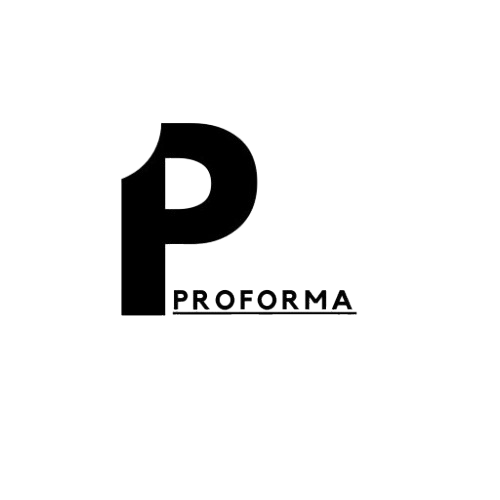How FHA 203(k) Loans Work
The process of obtaining an FHA 203(k) loan involves several key steps. Here’s how it works:
-
Combining Costs: The loan combines the purchase price of the home with the cost of renovations into one mortgage. This simplifies the financing process and reduces the need for multiple loans.
-
Renovation Plans: You’ll need to submit detailed renovation plans, including contractor bids and timelines. An appraisal will be conducted to determine both the current value of the home and its projected value after renovations.
-
Loan Calculation: The loan amount is calculated based on the lower of the home’s purchase price plus renovation costs or its estimated post-renovation value. It’s crucial to stay within FHA loan limits for your area.
-
Funding Disbursement: At closing, funds are disbursed for the purchase of the home, while renovation funds are held in an escrow account. These funds are released in stages as the work is completed.
Types of FHA 203(k) Loans
There are two main types of FHA 203(k) loans, each designed for different levels of renovation needs.
Standard 203(k) Loans
-
These loans are ideal for major renovations such as structural repairs, roof replacements, plumbing work, accessibility changes, and significant landscape work. There are no minimum cost requirements, but the paperwork can be more intensive.
-
Eligible repairs include anything from foundation work to installing new HVAC systems.
Limited 203(k) Loans (Streamline 203(k))
-
Designed for minor non-structural upgrades like painting, new appliances, or minor kitchen remodels. The maximum renovation budget is capped at $35,000.
-
The application process is simpler compared to the standard loan, but it prohibits major structural repairs.
FHA 203(k) Loan Requirements
To qualify for an FHA 203(k) loan, you must meet several requirements.
Credit Score Requirements
-
A minimum credit score of 580 is required, though some lenders may demand scores between 620-640. This is lower than what many conventional loans require.
-
For credit scores between 500 and 579, you may still qualify but with a higher down payment requirement.
Minimum Down Payment
-
With a credit score of 580 or higher, you’ll need a down payment of just 3.5%. For lower scores, the down payment increases to 10%.
-
You can use down payment assistance or gifts to help cover this cost.
Income and Debt Requirements
- Your debt-to-income (DTI) ratio should typically be capped at 43%. For example, if your monthly gross income is $5,000, your total monthly debt payments should not exceed $2,150.
Maximum Loan Amount
- The borrowing limit is up to 110% of the home’s estimated post-renovation value or within FHA loan limits for your area.
Mortgage Insurance Premiums
Like other FHA loans, the 203(k) loan comes with mortgage insurance premiums.
-
There’s an upfront Mortgage Insurance Premium (UMIP) of 1.75% of the loan amount.
-
Additionally, you’ll pay an annual Mortgage Insurance Premium (MIP) ranging from 0.15% to 0.75% of the loan amount each year.
Occupancy and Citizenship Requirements
To be eligible for an FHA 203(k) loan:
-
The property must be used as your primary residence and not for investment purposes.
-
You must be a U.S. citizen or lawful permanent resident.
Using FHA 203(k) Loans for Refinancing
FHA 203(k) loans aren’t just for buying homes; they can also be used for refinancing.
-
You can refinance your existing mortgage and use a portion of the borrowed funds to pay off the outstanding balance.
-
The remaining funds are held in an escrow account specifically for renovations. As the work is completed, these funds are released in stages.
Eligible Properties
Not all properties qualify for FHA 203(k) loans.
-
Eligible properties include single-family dwellings, townhouses, detached homes, and certain condominium units.
-
The original construction of the property must have been completed at least one year prior to applying for the loan.




